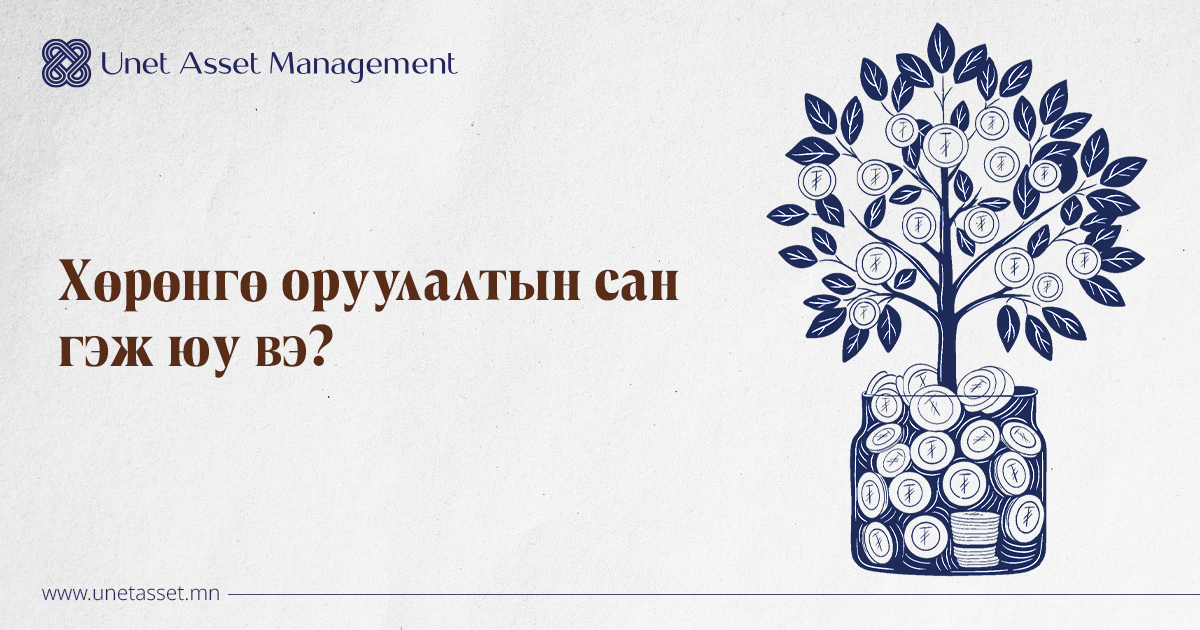
An investment fund is a financial instrument that collects capital from the public and invests it in securities based on professional research and investment decisions, with the goal of growing the value of the fund.
The first mutual fund is believed to have originated in Amsterdam, the Netherlands, during 1772–1773. It was established under the name “Eendragt Maakt Magt”, which means “Unity Creates Strength”—similar in meaning to the Mongolian proverb “Олны хүч оломгүй далай” (“Together, we can overcome anything”). This early mutual fund pooled funds from citizens and small investors and allocated them across profitable bonds and other financial instruments, providing diversified investments and enabling higher returns even for those with limited capital.
Following this development, similar investment funds began to emerge in the United Kingdom and the United States. In 1924, the first open-end mutual fund was established in the U.S. under the name “Massachusetts Investors Trust”. This laid the foundation for modern investment management companies and significantly influenced the development of the investment fund industry. The open-end structure introduced new flexibility, allowing investors to redeem or reinvest their funds before the investment term ended.
In Mongolia, the Law on Investment Funds was first passed on October 3, 2013, and has since been amended five times. Currently, there are six mutual investment funds and 40 private investment funds operating under this legal framework.
According to Mongolian law, investment funds are classified as either mutual (public) or private, depending on the type of investors and operational characteristics. Mutual investment funds are open to the general public, while private investment funds are intended only for professional investors.